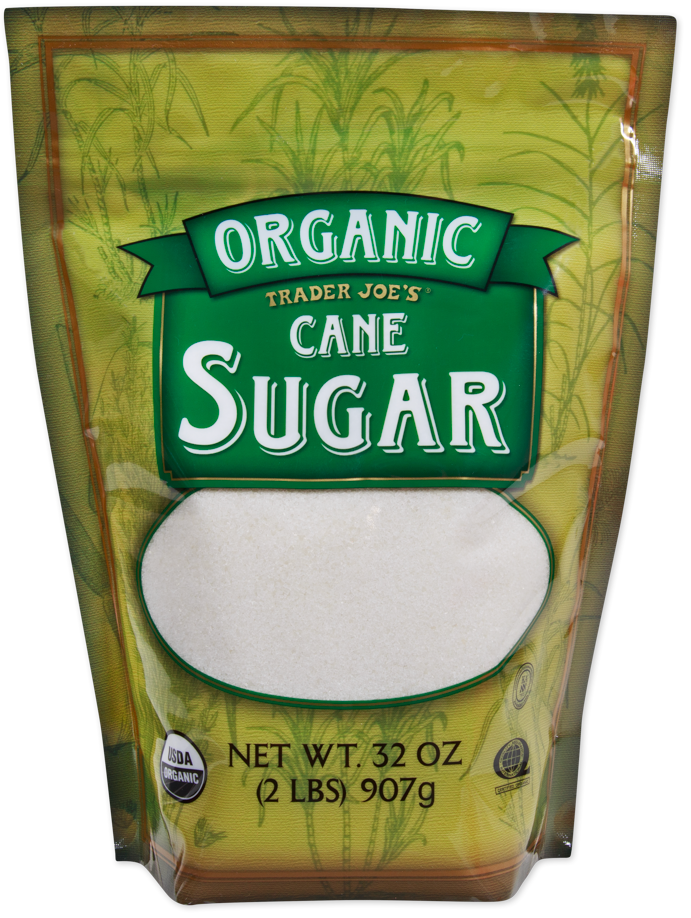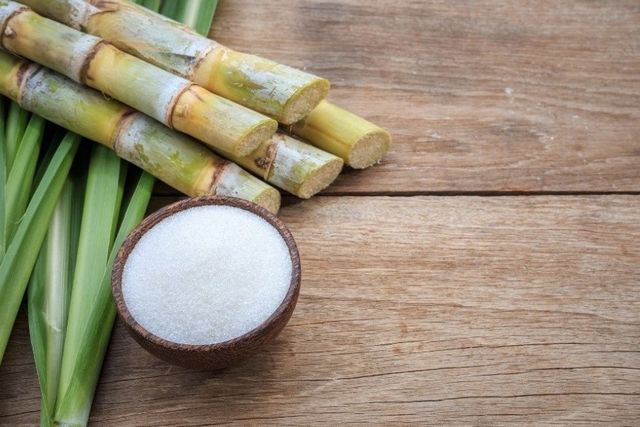The Science Behind Cane Sugar Processing: How Sweet Taste is Refined
Wiki Article
A Thorough Guide to the Environmental Impact and Sustainability Practices in Walking Stick Sugar Processing
The ecological influence of walking cane sugar handling presents an intricate range of difficulties that warrant careful assessment. From soil deterioration and excessive water usage to the carbon impact connected with cultivation and production, the consequences of typical practices are far-reaching. In comparison, the adoption of cutting-edge sustainability procedures supplies a path toward more accountable manufacturing methods. Comprehending the interplay between these issues is important for stakeholders in the market. What particular methods can be carried out to strike an equilibrium in between efficiency and ecological stewardship? The answers hinge on a better check out both the obstacles and possible services.Introduction of Walking Stick Sugar Handling
Walking stick sugar processing includes a collection of systematic steps that transform sugarcane into polished sugar. Originally, gathered sugarcane is moved to processing facilities, where it undergoes cleansing to remove soil and particles. Following this, the walking stick is crushed to remove juice, which is then made clear by removing contaminations via home heating and the addition of lime.The made clear juice goes through evaporation, where water is removed to focus the sugar material. These crystals are divided from the continuing to be syrup making use of centrifugation, resulting in raw sugar.
The end product is then dried out and packaged for circulation. Throughout this whole process, keeping performance and quality assurance is vital to guarantee the sugar fulfills industry requirements. Each action in walking stick sugar handling not only contributes to the last product yet also has ramifications for source use and waste generation, establishing the phase for discussions on sustainability and environmental influences related to sugar production.
Environmental Obstacles of Manufacturing
The production of cane sugar presents numerous considerable environmental obstacles that warrant interest. One key problem is the comprehensive use agrochemicals, consisting of chemicals and fertilizers, which can lead to dirt degradation, biodiversity loss, and contamination of regional water resources. The runoff from sugarcane fields commonly carries these chemicals right into neighboring communities, disrupting aquatic life and impacting the health of neighborhoods reliant on these water bodies.An additional obstacle is the high power usage connected with sugarcane processing. The boiling and refining phases need substantial warmth, primarily produced by shedding fossil gas, adding to greenhouse gas exhausts. In addition, the extensive acreage needed for sugarcane growing can bring about logging and environment devastation, additional exacerbating environment adjustment and harmful wildlife.
Additionally, the labor techniques in some regions increase moral worries, as employees may encounter bad working problems and insufficient earnings. This circumstance usually perpetuates a cycle of destitution in neighborhood areas. Cane Sugar Processing. Resolving these ecological challenges is vital for creating more lasting practices in walking cane sugar manufacturing, inevitably benefiting both the atmosphere and the neighborhoods associated with this market
Water and Land Usage Influence
Water sources and land use are critical parts in the walking stick sugar sector that dramatically impact the setting. The farming of sugarcane requires substantial water input, with price quotes recommending that it can consume up to 2,000 liters of water per kg of sugar produced. This extensive use water commonly results in depletion of regional water sources, influencing not just the sugarcane vineyards yet additionally bordering ecological communities and areas that count on the same water resources for farming and residential usage.
Furthermore, land use for sugarcane farming can bring about deforestation and the conversion of natural habitats right into monoculture plantations. This practice lessens biodiversity, disrupts regional ecosystems, and adds to dirt destruction. The development of sugarcane fields often trespasses on valuable farming land, developing competition for resources between food and biofuel manufacturing.
Lasting practices, such as maximizing watering techniques and applying plant rotation, are important to alleviate these effects. By adopting more reliable water page use and land management methods, the walking cane sugar market can lower its environmental impact, making sure an equilibrium between agricultural performance and ecological conservation.
Greenhouse Gas Emissions
Greenhouse gas exhausts stand for a substantial environmental concern within the walking cane sugar processing sector, specifically as farming techniques broaden to meet worldwide need. The farming of sugarcane, a crop that grows in tropical environments, relies greatly on artificial fertilizers and chemicals, which add to nitrous oxide discharges. In addition, land-use modifications, including logging for new sugarcane haciendas, release carbon dioxide kept in plants and soil.Throughout processing, power usage is one more major source of greenhouse gas discharges - Cane Sugar Processing. Lots of sugar mills use fossil gas to power equipment and produce warmth, causing substantial carbon footprints. Additionally, the transport of raw sugarcane and ended up products adds layers of exhausts via fuel burning in automobiles
The cumulative impact of these discharges aggravates environment modification, positioning dangers not just to the atmosphere however also to the long-term stability of the sector. Stakeholders must identify the immediate demand for detailed strategies that deal with these exhausts. This includes examining existing agricultural practices, processing techniques, and transport systems to determine areas for enhancement and mitigation. Dealing with greenhouse gas emissions is vital for cultivating a much more lasting walking stick sugar industry in an altering climate.

Sustainable Practices and Innovations
Sustainable methods and developments are significantly crucial in the cane sugar processing sector as stakeholders seek to minimize ecological impacts while maintaining performance. One significant innovation is the execution of incorporated crop monitoring, which optimizes resource usage by combining dirt management, bug control, and crop rotation strategies. This technique improves return while lessening chemical inputs and maintaining soil health.Additionally, the adoption of renewable resource sources, such as biomass from sugarcane residues, has actually acquired grip - Cane Sugar Processing. By transforming waste items into energy, refining facilities can lower their dependence on fossil gas, thus decreasing greenhouse gas emissions
Water administration techniques have actually additionally seen improvements through the recycling and reusing of water in processing plants, substantially reducing more helpful hints freshwater usage. Developments in technology, such as accuracy agriculture, enable farmers to check crop wellness and source use better, ensuring lasting growing methods.
In addition, accreditation programs like Fair Trade and Rain forest Partnership urge environmentally accountable farming practices and view publisher site advertise social equity within the supply chain. By embracing these lasting techniques and technologies, the walking cane sugar processing market can boost its strength and add favorably to ecological stewardship.
Verdict
The environmental impact of walking cane sugar processing presents substantial obstacles, consisting of dirt deterioration, high water usage, and greenhouse gas exhausts, alongside honest problems associated with labor practices. Addressing these problems through sustainable techniques, such as incorporated crop monitoring, renewable resource fostering, and water recycling, is crucial. By advertising environmentally liable and socially fair approaches in sugar production, the market can mitigate its adverse impacts, guaranteeing a much more sustainable future for both environments and communities associated with this sector.Cane sugar handling entails a collection of methodical actions that change sugarcane right into polished sugar. Each step in walking cane sugar processing not only contributes to the last item however additionally has ramifications for source usage and waste generation, establishing the phase for conversations on sustainability and ecological effects linked with sugar production.
Greenhouse gas discharges stand for a significant environmental worry within the walking cane sugar handling market, particularly as agricultural practices broaden to fulfill global demand.Sustainable practices and technologies are significantly vital in the walking stick sugar processing sector as stakeholders look for to lower environmental impacts while preserving productivity.The environmental effect of cane sugar handling offers substantial challenges, including dirt deterioration, high water consumption, and greenhouse gas emissions, along with honest worries connected to labor methods.
Report this wiki page